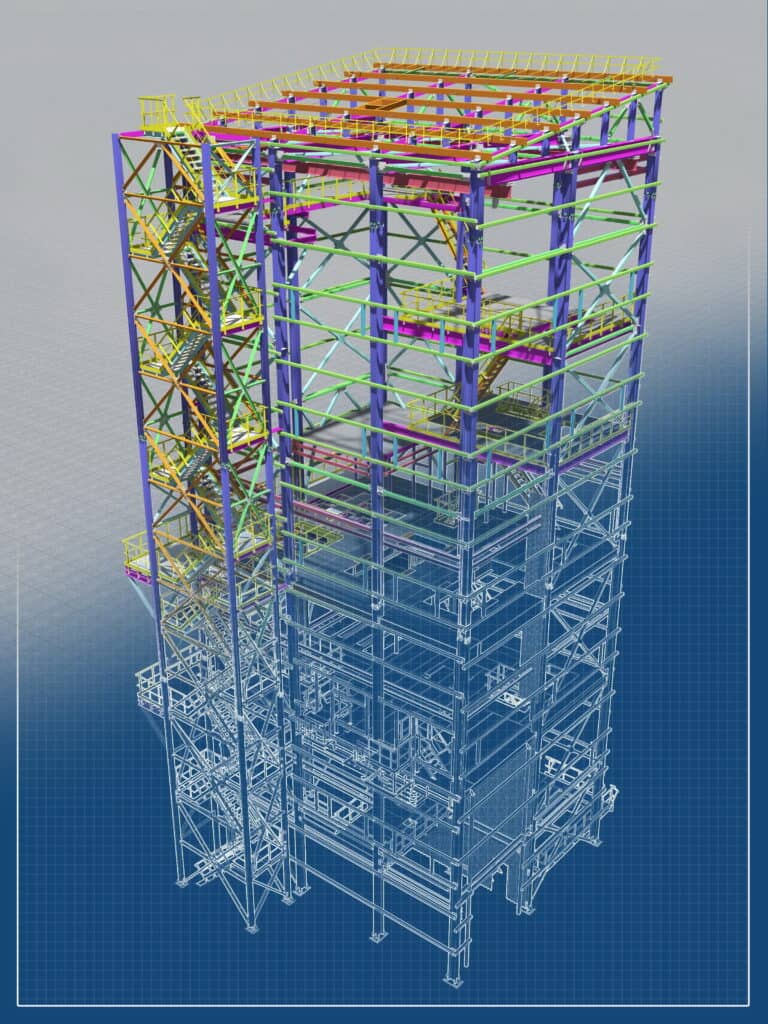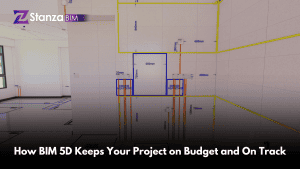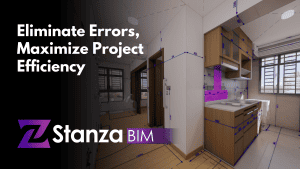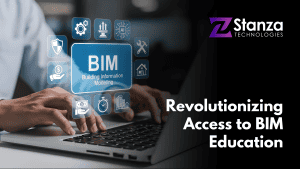Building Information Modeling (BIM) has revolutionized the construction industry by providing a powerful tool that enables architects, engineers, and construction professionals to create intelligent 3D models of buildings. These models can be used to simulate and analyze building performance, reduce waste, and improve collaboration between different stakeholders. The future of BIM in the construction industry looks bright, with exciting new developments and trends emerging that are likely to transform the way buildings are designed and built.
One of the key trends in the future of BIM is the increasing integration of virtual reality (VR) and augmented reality (AR) technologies. BIM models can be used in conjunction with VR and AR technologies to enable users to immerse themselves in a virtual environment and experience a building or infrastructure project as if it were already constructed. With real-time simulation, users can explore the project and test different design elements, enabling architects and engineers to identify potential issues early in the design phase. Additionally, VR and AR can simulate living conditions in the building, giving clients and stakeholders a better understanding of the project and enhancing the overall design.

The future of BIM is also likely to see increasing use of cloud-based platforms and digital twins. By creating a digital twin of a building, designers and other stakeholders can simulate and analyze building performance throughout the entire lifecycle of a building, from design to construction to operation and maintenance. This can enable more effective decision-making, reduce costs, and improve building performance.
Another important development in the future of BIM is the increasing use of open standards and interoperability. By using open standards, BIM models can be shared more easily between different stakeholders, reducing the likelihood of errors and miscommunications. Interoperability can also enable the integration of BIM models with other software systems, enabling more seamless collaboration between different stakeholders.
The future of BIM in the construction industry looks bright, with exciting new trends and developments emerging that are likely to transform the way buildings are designed and built. From the increasing integration of VR and AR technology to the use of machine learning and having open standards to optimize building design and construction processes, BIM is set to play an increasingly important role in enabling architects, engineers, and construction professionals to create more efficient, sustainable, and innovative buildings.










